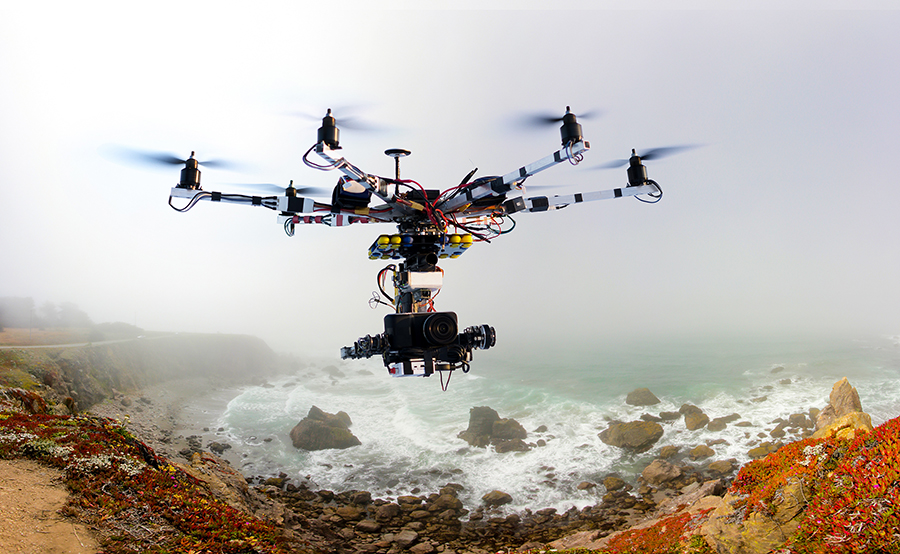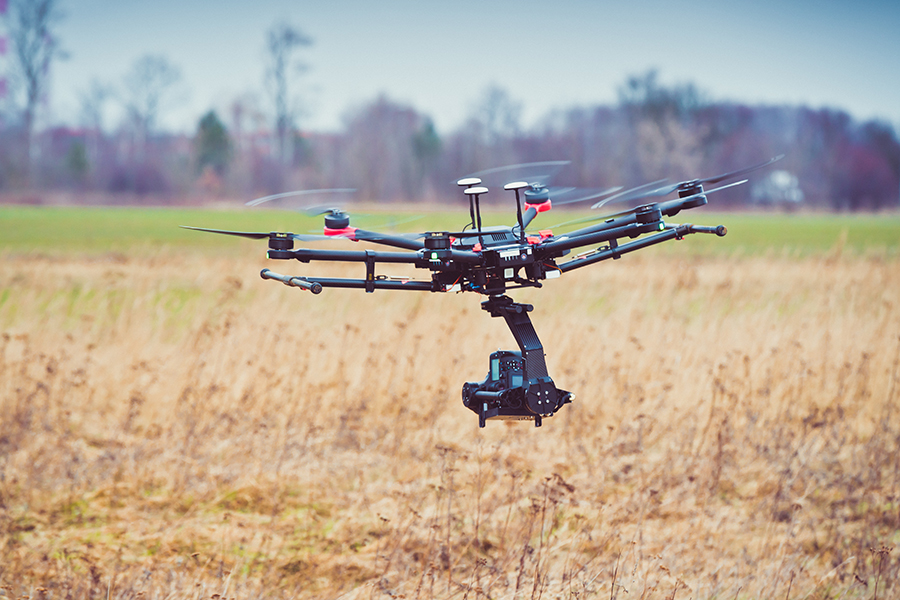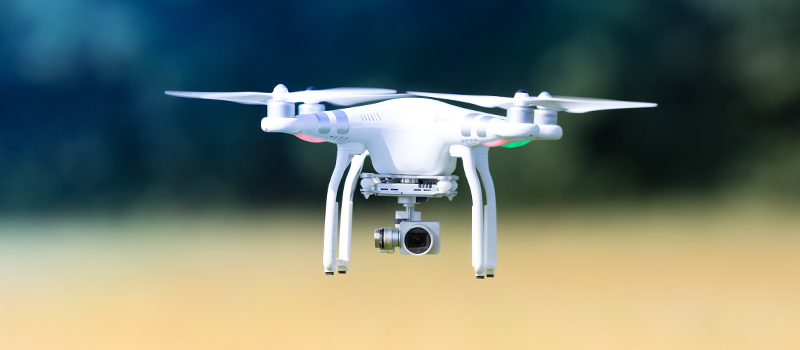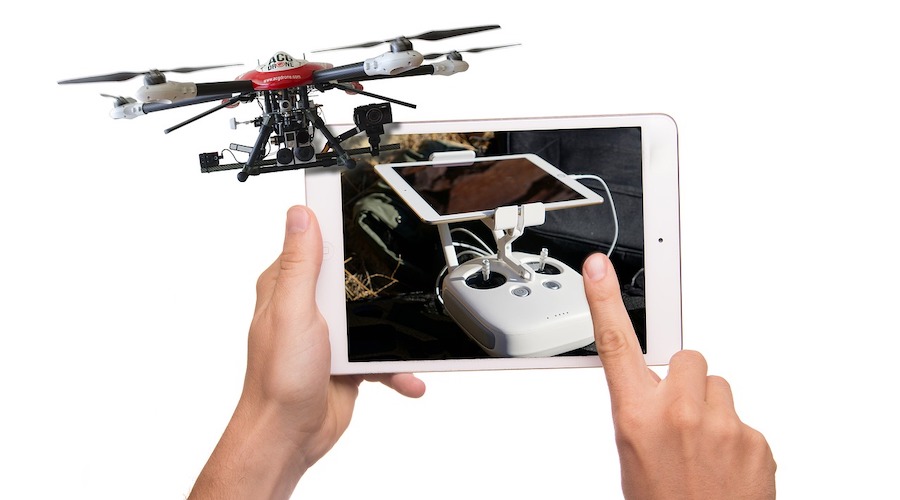To fly a drone over 55 lbs., you can either apply for an exemption via Section 44807 or apply for a Special Airworthiness Certificate.
Part 107 is, by far, the most important piece of legislation when it comes to commercial drone flight in the U.S. However, it is still not all-encompassing. In this article, we will go into detail on the rules for one of the few exceptions to part 107 – operations of drones that weigh over 55 lbs.
Section 333 is no more
In the past, one method to legally fly drones over 55 lbs. is to apply for a Section 333 exemption. This was deemed as the “alternative” for operations that did not fall within the scope of Part 107. Formally known as Section 333 of the FAA Modernization and Reform Act of 2012, this law authorized the Secretary of Transportation to determine if an unmanned aircraft needed to have an airworthiness certificate for it to safely fly within the national airspace.
Section 333 has been repealed by the 2018 FAA Reauthorization Act. Those who still have valid Section 333 exemptions can still fly under the rules of the old law, but this is no longer a likely situation nowadays. Instead, Section 333 has been replaced by Section 347 or more widely known as §44807 or the Special Authority for certain unmanned aircraft systems.
Section 44807 exemption
Similar to the old Section 333, 49 U.S.C. §44807 grants the Secretary of Transportation the authority to use a risk-based approach to determine whether an airworthiness certificate is necessary for a drone to safely fly in the national airspace. Take note that the concept of a “risk-based approach” plays a critical role in how Section 44807 is applied. This law essentially allows the FAA to grant relief for UAS operators from the requirement to have airworthiness certificates for their drones, granted that certain qualifications are met.
Under this authority, the Secretary of Transportation may grant exemptions to the operating rules, aircraft requirements, and pilot requirements. Applications for exemption will be assessed and granted on a case-by-case basis. The FAA Administrator considers this a high-priority project and a measure for promoting the use of drones for economic activities
The authority granted by this law to the Secretary of Transportation is valid only until September 30, 2023. Unless the law is amended, all Section 44807 exemptions will only be valid until this date.
How to apply for a Section 44807 exemption
There are several steps to follow before you can be granted a Section 44807 exemption. Take note that some of the materials referred to in this guide are under review by the FAA, and may change in the next months or years after the publication of the article.
Review the Public Guidance for Petitions for Exemption

This document was prepared as a guide for those who wish to apply for exemptions under the defunct Section 333 rules. The FAA is still recommending this as a guide for Section 44807, although they also that the document is currently being updated.
This document provides detailed guidance on the information that you will need to provide when filing a petition for exemption. In the absence of an airworthiness certificate, you must be able to provide that your planned operations can be done safely. For sake of organization, we can separate the information into three categories:
Regarding the UAS
In this section, you will need to provide information on the UAS including its operational characteristics, aircraft and performance limitations, operational procedures, backup systems, and other safety features. This section should be fairly easy for store-bought drones but may become complex for drones that have been modified.
Part of developing this part of the petition is assuming that things can go wrong with the drone every now and then. To make sure that your drone is in proper working condition, you will need to establish a procedure for keeping a record of maintenance, repair, pre-flight inspection, and post-flight inspection.
The FAA also recommends including a note on the Radio Frequency spectrum used by the drone for control, video transmission, and all other associated sensors. The petitioner must ensure that these frequencies comply with the standards of the Federal Communications Commission (FCC) or other equivalent oversight agencies.
Regarding the PIC
The petitioner must indicate any pertinent qualifications of the pilot-in-command (PIC) who will be responsible for the planned operations. The best pieces of information to include would be the number of flight hours of the PIC, training that they have undergone, and the highest level of airman certificate that they hold. Documentary evidence of such claims are necessary.
These requirements may also apply to any other members of the flight team, particularly for visual observers. Although certification is not necessary to be a visual observer, any relevant training or drone flight experience will certainly help.
Although the FAA does not enforce medical testing for drone pilots, the petitioner may exercise their discretion in implementing any medical standards or certifications for the PIC or other team members. Having such standards will still be beneficial for the petition.
Regarding the proposed operations
The meat of the petition should go towards describing the proposed operations, its objectives, and how these objectives can be met safely. All drone operations, especially those that involve drones over 55 lbs., come with inherent risks. The true strength of a petition is in recognizing these risks and coming up with ways to avoid or mitigate them.
The most basic information to be provided in this section should pertain to operational parameters and limits. These typically involve delineating the operational area boundaries, the maximum speed and altitude to be maintained, the minimum flight visibility, and the distance from the clouds. Any pertinent airspace information, such as the presence of nearby controlled or restricted airspace, should be mentioned.
With the operational area and parameters defined, the petitioner should then provide detailed descriptions of potential hazards. This can vary greatly from one petition to the other and is at the very core of the rule’s risk-based approach.



